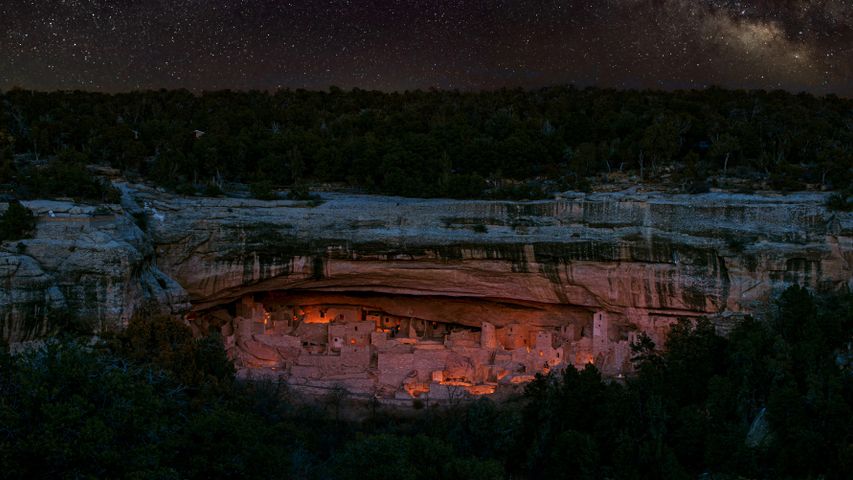The interior of the Abu Simbel Great Temple in Egypt
© George Steinmetz/Getty Image
Relocating Abu Simbel. Relocating the ruins of Abu Simbel
These temples, commissioned by Egyptian pharaoh Ramesses II around 1264 BCE, would have been lost were it not for the efforts of Unesco – the UN’s educational, scientific and cultural organisation. A couple of centuries after the Abu Simbel temples were completed, Ramesses’ empire had collapsed and the sands of the Nubian region of North Africa began to consume them. European explorers ‘discovered’ Abu Simbel in the early 1800s, leading to massive efforts to excavate and preserve the ruins of the great pharaoh’s monument to himself.
But it wasn’t until the 1950s, when the Egyptian government began drawing up plans for the Aswan High Dam, that preservation of Abu Simbel and other historic sites took on extra urgency. Planners knew the dam would flood the banks of the Nile, submerging the temples. So, the United Nations’ Unesco branch set to work on a solution to keep Abu Simbel preserved and accessible. In 1968, its first major project was to move the massive temples to higher ground. They succeeded, of course, safeguarding one of the world's great archaeological sites.
Out of this effort emerged Unesco's drive to protect the world's most important sites of both cultural and natural heritage. To date, Unesco has protected more than 1,000 World Heritage Sites across 167 countries that are considered to be “irreplaceable sources of life and inspiration”.
Related Images
Bing Today Images


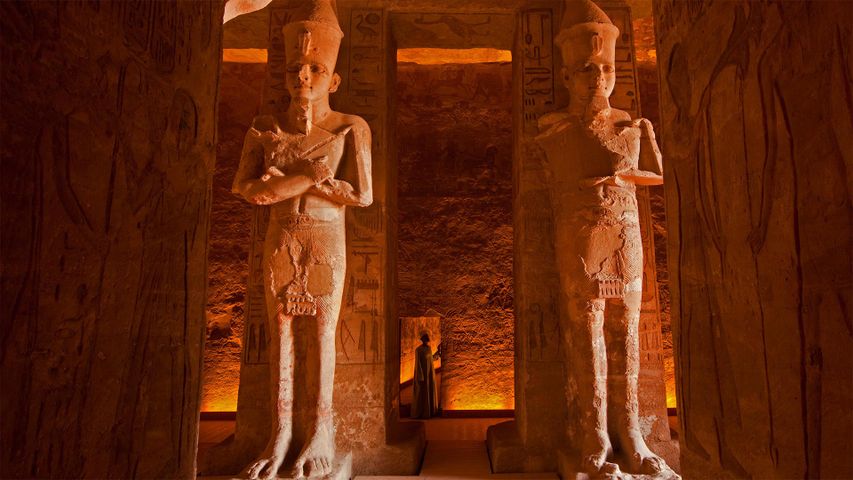
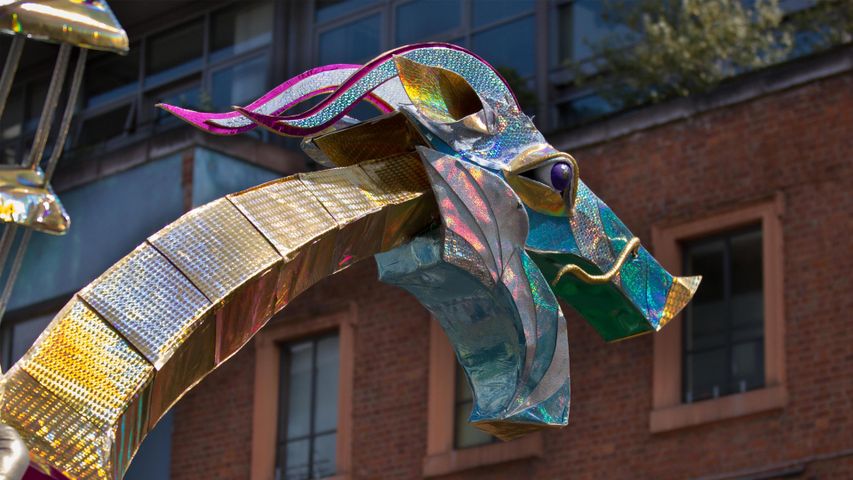 A large mechanical dragon at Saint George's Day celebrations
A large mechanical dragon at Saint George's Day celebrations
 Yungang Grottoes, Datong, Shanxi province, China
Yungang Grottoes, Datong, Shanxi province, China
 Borobudur temple, Java, Indonesia
Borobudur temple, Java, Indonesia
 Statue of Mary Seacole, London, England
Statue of Mary Seacole, London, England
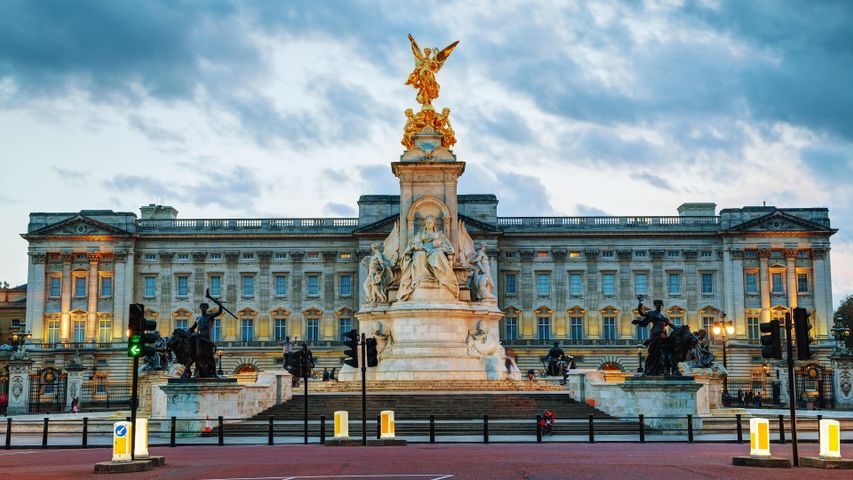 Buckingham Palace, London
Buckingham Palace, London
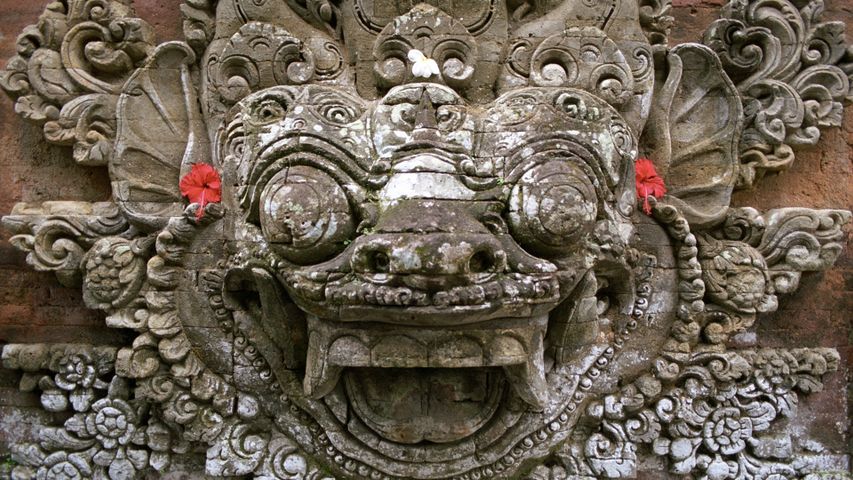 Stone carving at a temple in Ubud, Bali, Indonesia (© R. SchönebStone carving at a temple in Ubud, Bali, Indonesia
Stone carving at a temple in Ubud, Bali, Indonesia (© R. SchönebStone carving at a temple in Ubud, Bali, Indonesia
 Twickenham Stadium, London, England
Twickenham Stadium, London, England
 Bonaventure Cemetery, Savannah, Georgia, USA
Bonaventure Cemetery, Savannah, Georgia, USA

